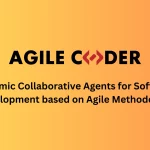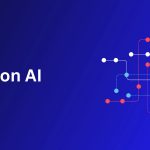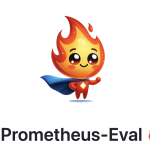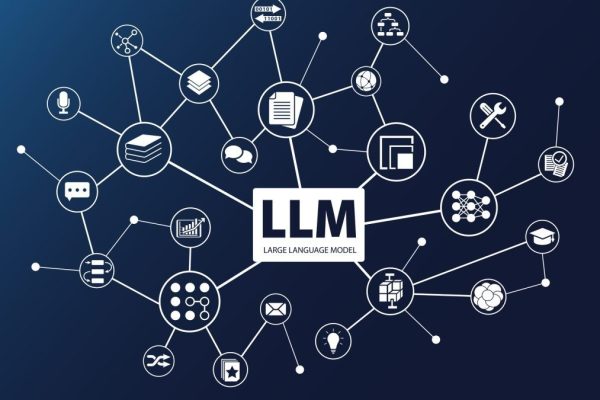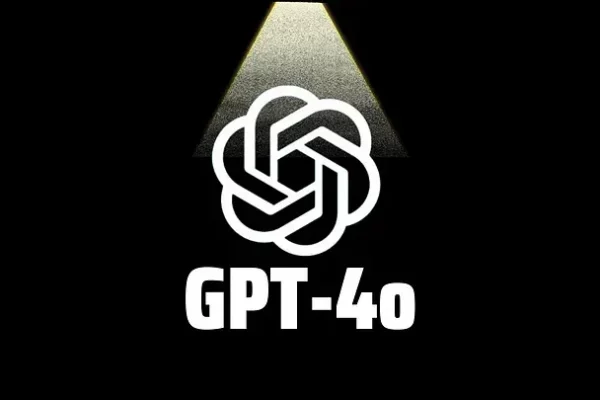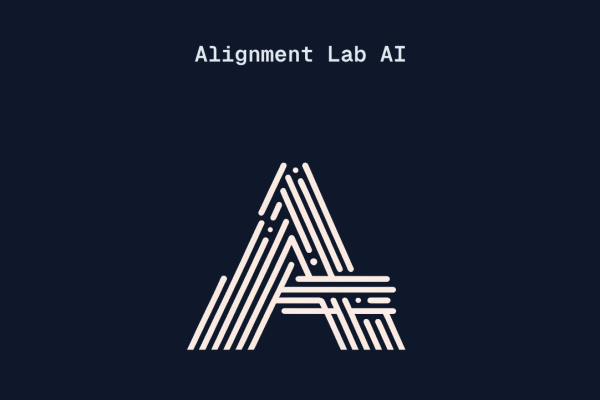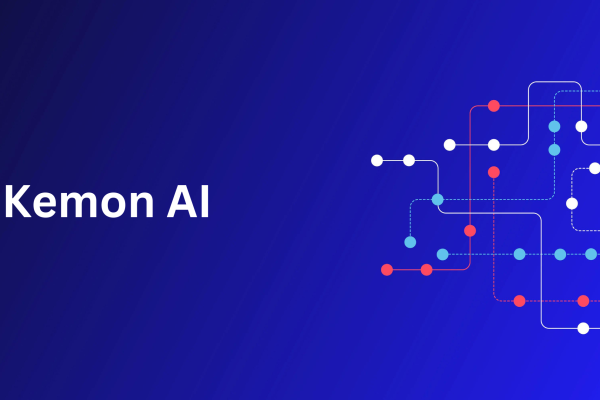
Unlock the Power of Your Documents: Introducing Kemon AI, Your AI-Powered Research Assistant
Are you tired of spending hours pouring over documents, searching for specific information, and taking notes? Do you wish you had a reliable and efficient way to extract insights and answers from your PDFs? Look no further than Kemon AI, the revolutionary AI-powered research assistant that uses LLaMA 3 as its language model and Weaviate vector database for its robust RAG pipeline.

